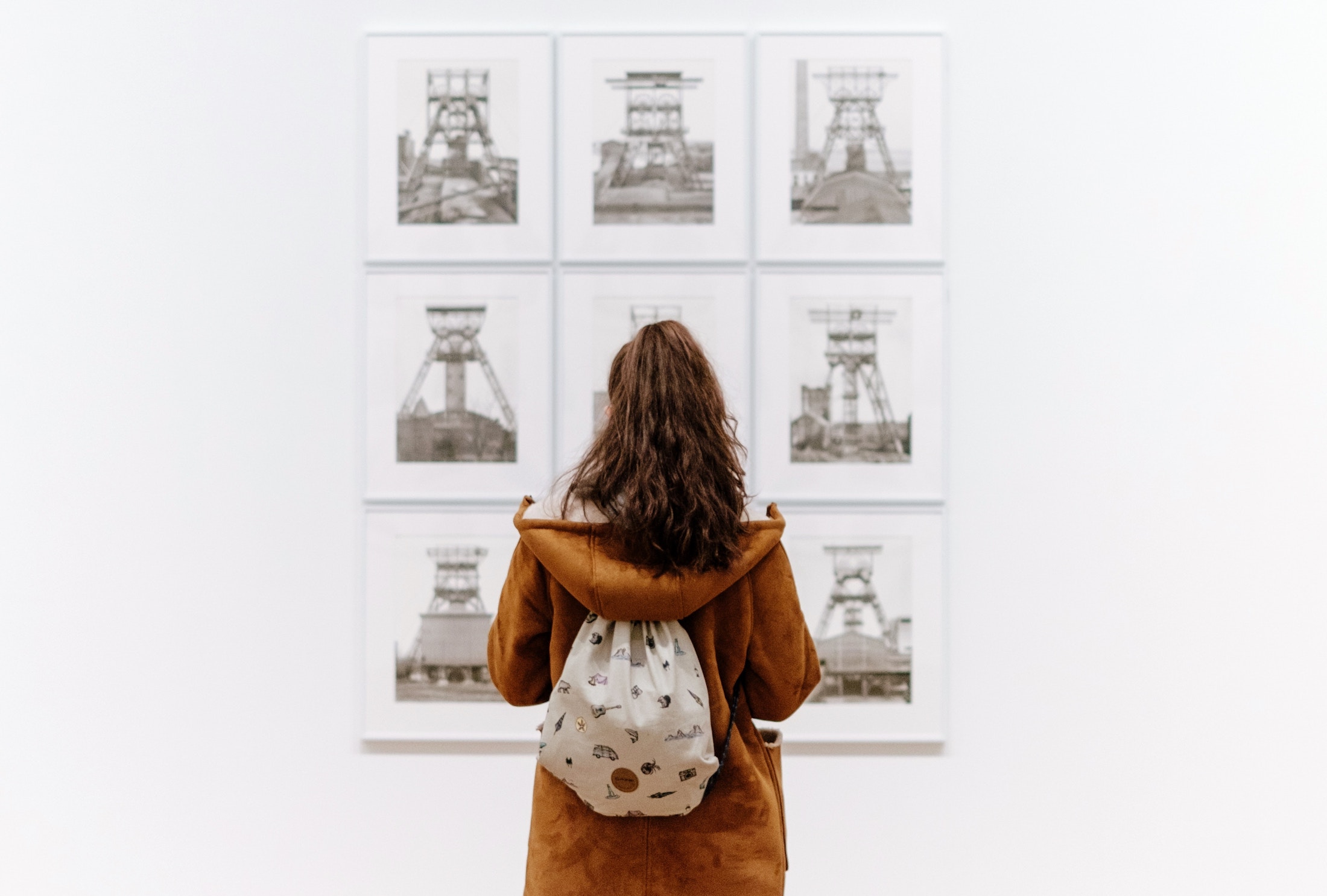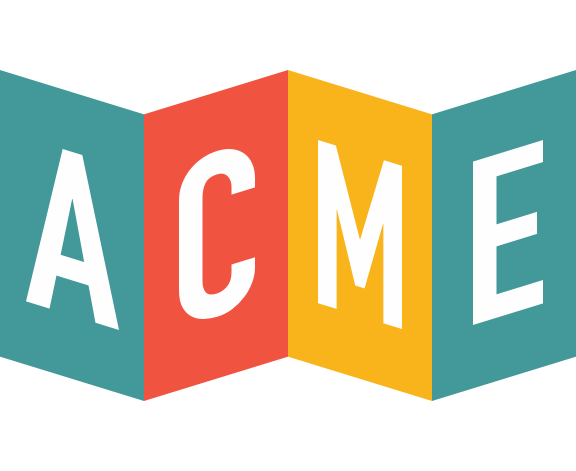
Museum Industry Trends
May 7, 2019
In 2019, museums are enjoying the highest attendance they’ve had since their conception in the fifteenth century.
This industry rivals sports turnout in capital generated, raking in $21 billion globally from visitor ticket purchases, special events, and donations. Technological innovations and new, contemporary experiences created to display museum exhibits are revolutionizing the way audiences can access and encounter collections held by institutions.
The outcome is that museums are reaching wider and more diverse groups than ever before, extending the educational and experiential benefits they offer to a world of onlookers.
What Causes Change in Museum Trends?
As houses of culture and history, museums are constantly expanding their collections and displays to reflect a rapidly-changing world. Museum industry trends can be predictable, as they often align with wider global phenomenon, and the dominant culture.
Aging Populations
The baby-boomer group is the most populous generation still living today. Not only that, but they are the most loyal frequenters of museums and galleries. Defined as anyone born between the years 1946 and 1964, they are an aging population who are quickly being overtaken by the millennial generation, a tech-savvy community that depends on stimulation and interactivity. Museums have catered mostly to older generations in recent memory, but are now innovating tech and and design to meet the needs of the next museum-going generation.
Political Climate
It is common to see dramatic changes across all industries at times of political shift and social turmoil. Confusing media, heated partyism, and constant social debate leaves the public searching for solid sources of information and stability, which opportunistic businesses and institutions rise to meet. Museums are safeguards of knowledge, culture, and historical lessons which give audiences an opportunity to contextualize the world around them. Museums are then forced to adapt to the new environments generated by politics to communicate collections most effectively.
Technological Advancement
As technology is metamorphosed and universalized, audiences will expect to see these innovations reflected in cultural institutions. Museums are finding new ways to utilize novel solutions which make visitor, employee, and trustee experiences more efficient, and exhibits more beneficial to the audiences they serve. Opportunities to integrate digital systems, VR experiences, technologically accessible exhibits for disabled visitors, and efficacious internal processes spur museums to invest in and adopt tactics and technologies that bring them into the contemporary age.
Museum Industry Trends to Follow
Leading museums in art, technology, environmental sciences, and history are implementing changes which reinforce their position as global institutions and enable them to meet the demands of today’s museum attendees. Museums contextualize the past, and simultaneously carve out pathways which lead to a brighter future, allowing audiences to participate and be educated.
These trends are examples of tools museums are using to embrace the digital age and get the next generation hooked on experiences museums provide.
- Museums are using technology to their advantage.
Galleries, zoos and other foundations are integrating traditional displays with innovating tools that allow audiences to experience the collection in new ways. The Van Gogh Museum in Amsterdam, NL is using virtual reality to provide a unique view of the infamous painter’s most famous works. The Cleveland Museum has a digital map which visitors can access via their smartphones; this paper-saver provides a comprehensive guide that helps audiences navigate the numerous exhibits on display.
- Museums are embracing social media.
Everyone wants a selfie with the Mona Lisa, or Michelangelo’s David, or the Venus de Milo. Instagrammable moments are making their way as intentional features in museum tours, as an attractive souvenir that visitors create themselves. On display currently at the San Francisco Museum of Modern Art, the show “Snap + Share” highlights the rice of social media, photography, and “selfie culture’s” influence on art. One artwork encourages visitors to snap a selfie with their head in a freezer, and tag the museum in the resulting Instagram post. This interactive exhibit is a hit with art lovers visiting the museum.
- Museums are making data-driven decisions.
Data analytics offer insight into museum-goer attendance trends that is practical, numerical, and easy to react to. Having this comprehension allows institutions to increase visitor growth and attendance, and strategize outreach and marketing to widen audiences and increase donation. The Reina Sofia Museum in Madrid, Spain hired data analytics provider Synergic Partners to analyze tourist visitation trends for a special Picasso exhibit. Information gathered showed the most common nationalities of visitors, and allowed the museum to better cater to their needs and expectations.
- Museums are feeding the foodies.
Especially in major metropolitan areas, galleries are investing in dining experiences that match the caliber of the accompanying exhibits. For discerning, cultured, and food-obsessed visitors, this creates a composite outing equivalent to the dinner-and-a-show traditions of the past. The National WWII Museum in New Orleans, Louisiana features John Besh’s Diner, a 40’s and 50’s style restaurant which is as much an exhibit as it is a place for visitors to stop and eat. The red vinyl seats and soda-fountain style menu options create an immersive environment which plunges audiences into a world contemporary with the museum’s collection.
- Museums are investing in future generations.
Science and tech museums, zoos, and geological museums are using their exhibits to educate the public on critical issues being faced by our planet, engaging in both local and global conservation efforts. The San Francisco Zoo engages in breeding projects, conservation efforts, and rehabilitation programs for endangered and threatened animal species, as well as educational resources and volunteer-run local conservation events that inspire hope for our collective future.
ACME Ticketing offers cloud-based membership and ticket solutions that are sleek, fast, and in step with the world of contemporary museums. To find out how ACME Ticketing can work for you, you can book a demo or schedule a call here.

